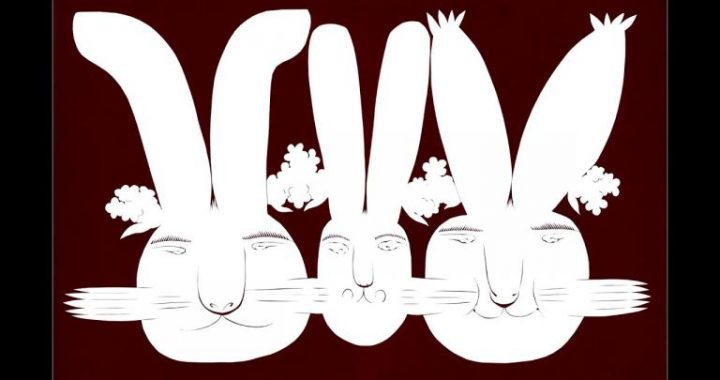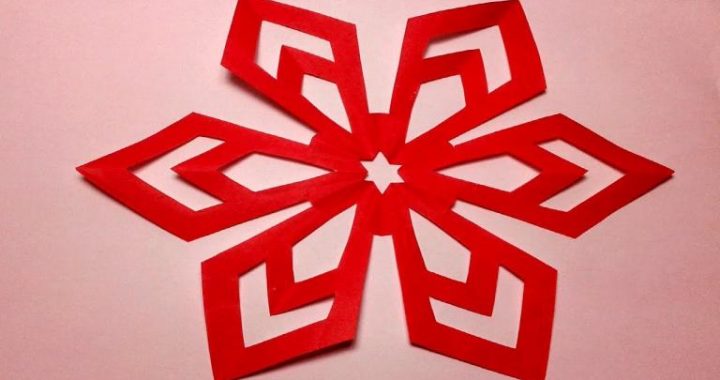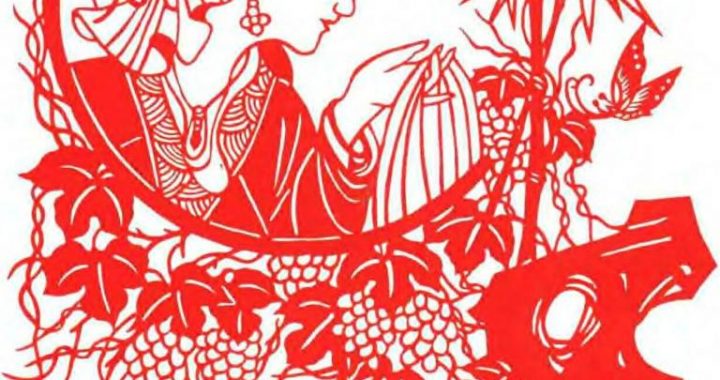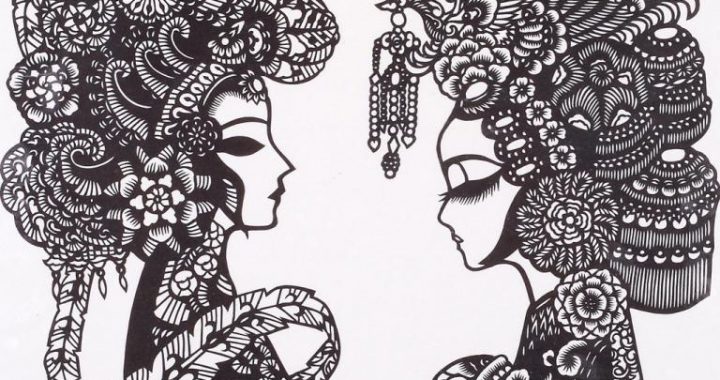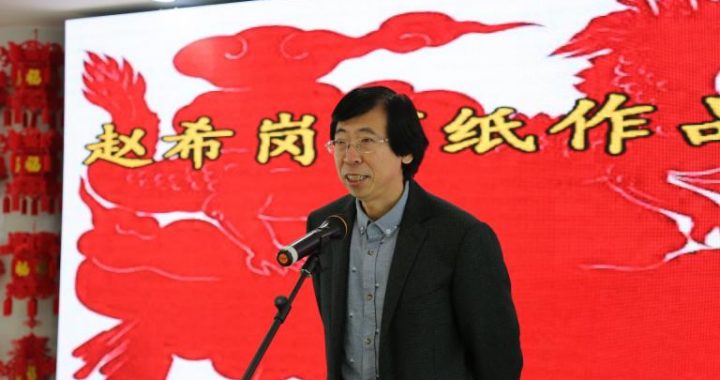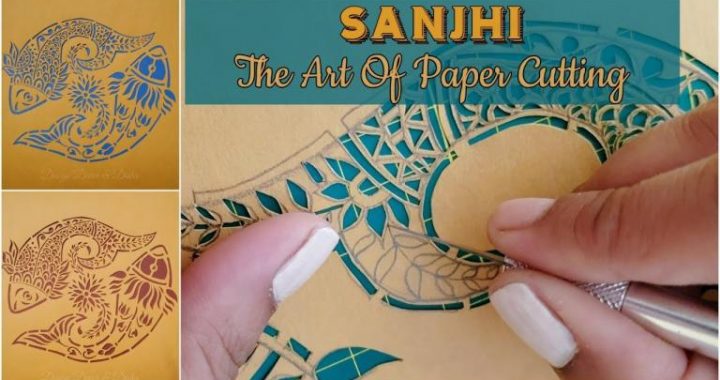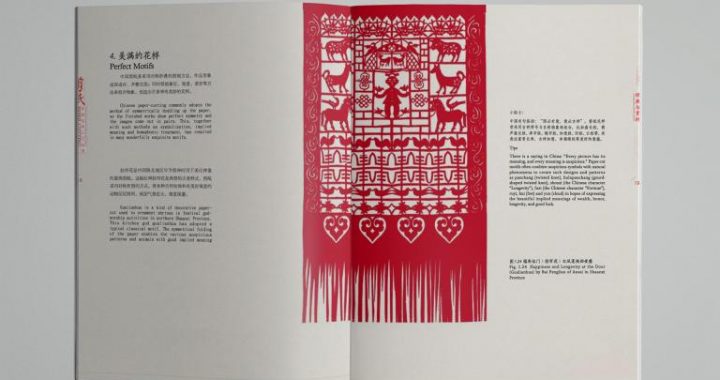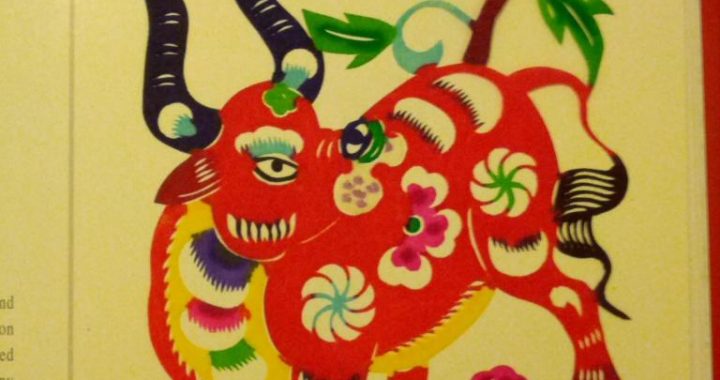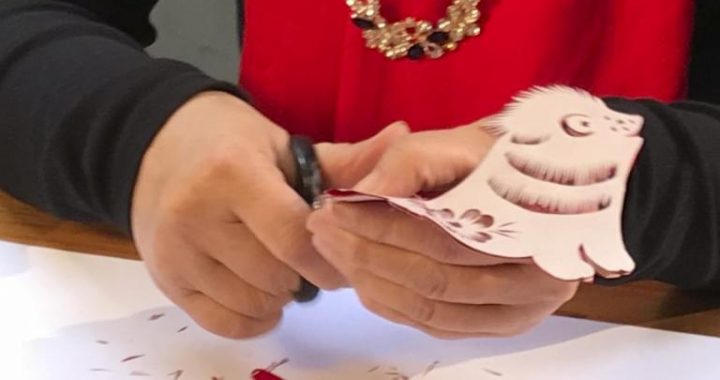Furniture making procedures
3 min readFurniture making procedures include: to cut open wood, to saw timber, to plane, chisel, drill, carve, polish, lacquer and wax. The precise and ingenious process of fittinga tenon into a mortise to make a joint is a unique feature of Ming-style furnituremaking in which all joints are formed with tenon and mortise without using nail or glue. Tenon can be divided into open tenon, closed tenon, square-and-corner tenon, long-and-short tenon, swallow-tail tenon, etc.
The Qing Dynasty people valued dark color instead of yellow. They were partial to luxury and majesty. As the Qing royal family favored red sandalwood in particular, it became the first choice for the material used in making furniture. The existing articles are mostly from the court, all carved meticulously. In the middle of Qing Dynasty, huanghuali, red sandalwood, etc, became extremely in short supply. Then red wood started to be imported and used extensively. Red wood is similar in quality to red sandalwood. It is of hard texture, and appears grand and majestic. Its main disadvantages are such as not tenacious enough to be easily carved and it is susceptible to changing shape when affected with damp, dryness, cold, or heat and is therefore unfit for meticulous carving.

Ming-dynasty yellow rosewood side table,113 cm long,27.7 cm wide,83 cm high. It is used to place musical instruments in former times.
Furniture displayed in the back house of Confucian Temple of Qufu,Shandong.
The Ming-style furniture excels in plain shape while the Qing-style one is good at multifarious and elaborate decoration.The crafts in making furniture in the Qing Dynasty were so consummate that they had reached the apex of traditional furniture crafts.Not only had they inherited the traditional methods,but also absorbed exotic culture to form distinctive style of the times.
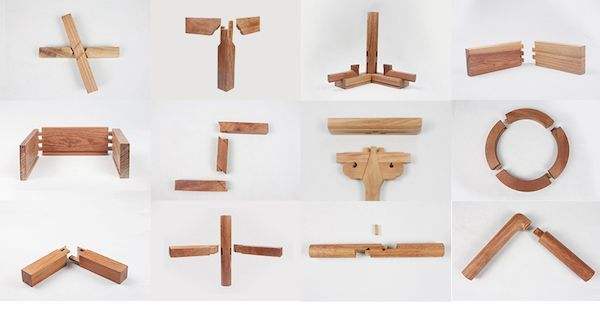
By the Ming and Qing dynasties,traditional furniture had already completed in varieties,which fell into six major categories:chairs(stool);side tables;cupboards (cabinet); beds(couch); stands(rack) and screens. Chairs include official-headgearshaped chair, rose chair, lamp-hanging chair, round-backed armchair, folding chair, square stool, long stool, drum-shaped stool. Tables include kang(a heatable bed commonly used in North China), tea table, incense-burner table, writing desk, flat table, end-upwards table(table with both ends raised upwards), jiaji table(table on top of which side table is placed), lute table, altar table, square table, Eight Immortals table(square table seating eight people), crescent table, etc. Cupboards includecupboard-cabinet(combining the functions of cupboard, cabinet and table), menhu cupboard(table with drawers, somewhat similar to the chest of drawers), wardrobe, bookcase, treasure case, treasure box, etc. Beds include framed bed, wooden couch etc.. Stands include coat hanger, basin stand, lamp-stand, shelf for holding potted flowers, dressing table, foot supporter, etc.. And screens include chaping (table screen with a stand), Weiping (folding screen usu. with four, six or eight folds), luzuo(stove base), huzuo(pot base), etc.. The furniture in the Ming and Qing dynasties often used metals as auxiliary components to further protect and reinforce the furniture, and to add luster as well.
